Do You Clean All of the Instruments That Go in Our Mouths?
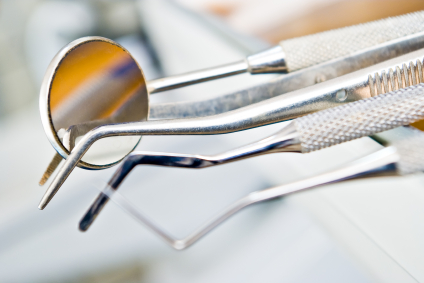
Last week when he was observing his father’s dental visit, Trip, age 6, asked if we cleaned the mirror after it was used in his dad’s mouth. The answer of course is yes, and we even explained our cleaning process to him.
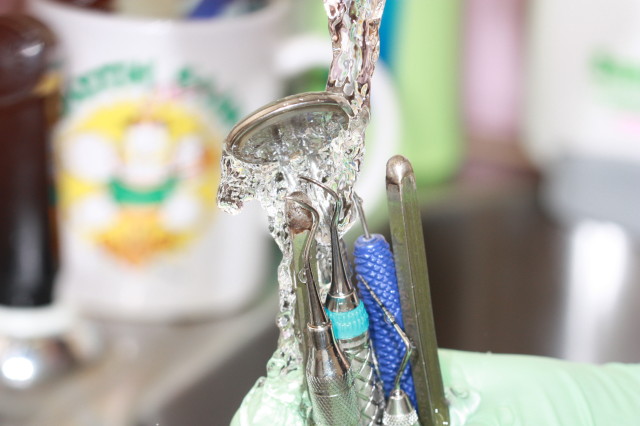
Metal instruments are used over and over because they are expensive to replace. We are very careful to completely sterilize these tools that are placed in our patients’ mouths. First we clean them in an ultrasonic enzyme bath, similar to the ones designed to clean delicate jewelry.
The tools are then rinsed and placed in a packet that will seal out the external environment but that will allow hot steam to penetrate inside. All of the sealed bags are then set inside a pressure cooker called an autoclave which is sealed shut. It will then run through a cycle to kill any remaining germs.
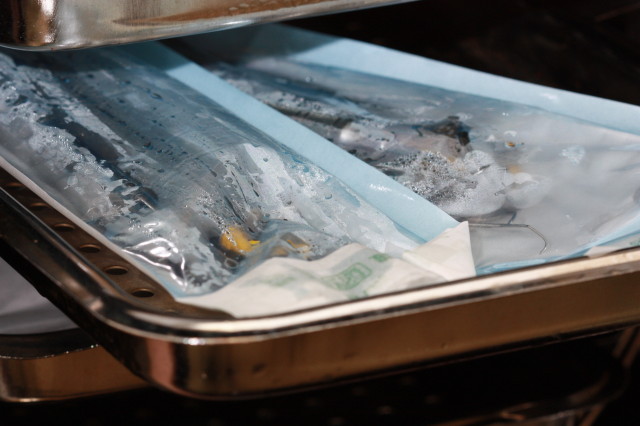
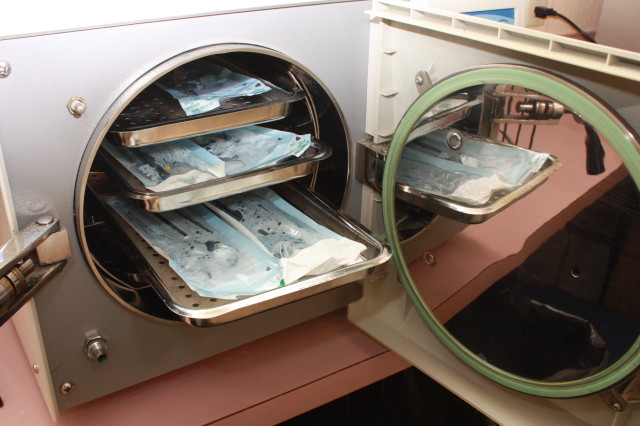
Once the tools have cooled they are sterile and available for the next patient, and we will usually wait until you are seated in a treatment chair before we tear open your fresh packet.
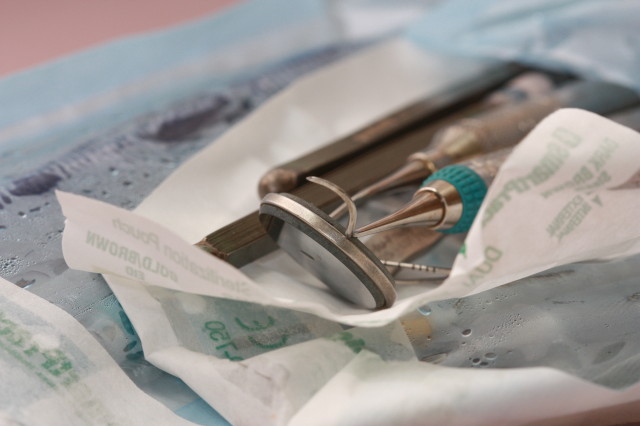
Equipment that can’t be sterilized, such as intraoral cameras, digital radiograph sensors, and curing lights are covered with a thin plastic sheath before they are placed in your mouth.
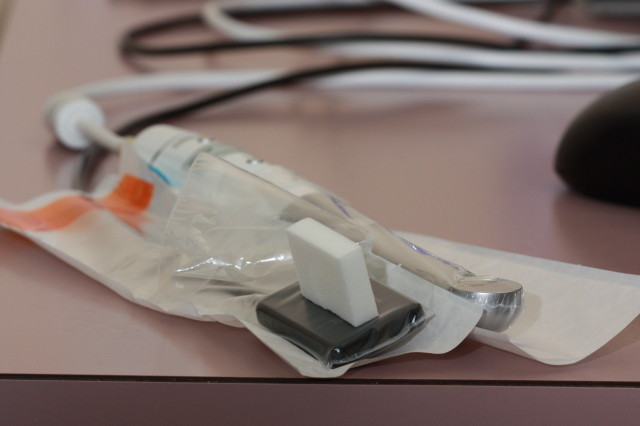
We also use many disposable items such as the suction tips, polishing angles, and even the impression trays that help us take a model of your teeth (when we’re not taking digital impressions).
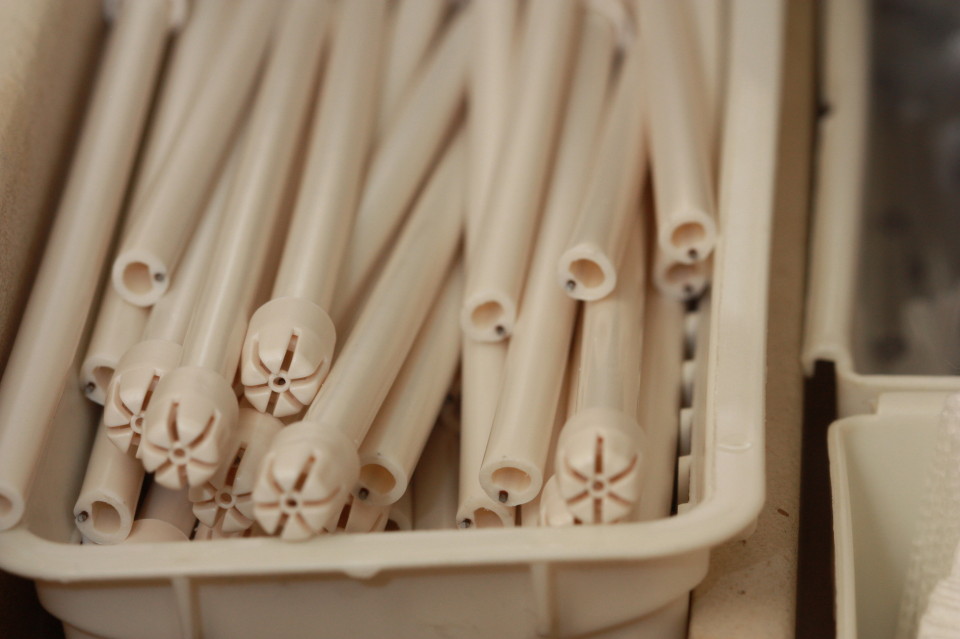
For a few items that can’t be heat sterilized we also use a liquid immersion technique called cold sterilization which requires that the tools stay in the liquid for a period of time before they can be considered reusable.
Thanks, Trip, for asking a wonderful question, and we hope that you and your dad had a great Father’s Day together!
